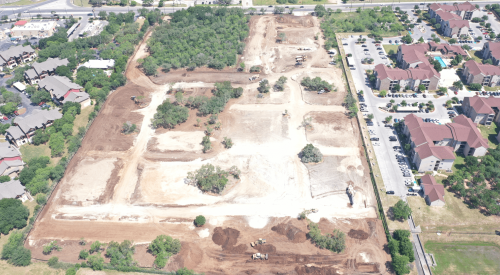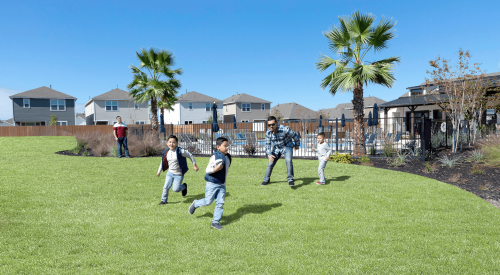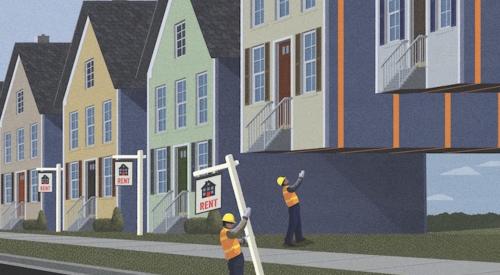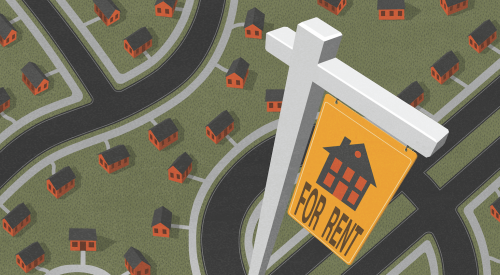A new joint report by the Urban Land Institute and RCLCO Real Estate Consulting found the single-family rental market has undergone an impressive increase in interest and growth as COVID-19 emphasized the need for various forms of housing. Last year’s report by the duo found Millennials are in need of more space as they begin to start families. Single-family rentals are appealing to these consumers who could benefit from other amenities such as fitness rooms, clubhouses, and sports courts. Remote work grants many Millennials the ability to work and live without the need for close proximity to the workplace and rentals offer living situations without the bounds of homeownership.
Low-Density Rental Housing in America is the first report that codifies the SFR market’s language, product types, and differentiating characteristics in this rapidly expanding and evolving market where companies are employing various strategies and product types, positioning, and locations.
The report looks at three general ownership models and structures that define the three product types of SFRs:
Small-scale investors/owners. Representing over 97 percent of the existing market, small-scale investors generally own few properties and lack the scale for operating and marketing efficiencies. Their listings are typically available at online marketplaces. The main difference between small-scale investment stock and aggregated portfolios is the diversity of inventory quality.
Institutional SFR aggregators/scattered site. Representing the initial institutionalization of SFRs, these businesses aggregated homes across various markets and states following the Great Recession. These partners work with homebuilders to purchase blocks of new-construction homes in bulk to add to their portfolios. This reduces market risks for homebuilders while allowing institutional aggregators the scale needed for capital deployment.
Purpose-built SFR communities/build-for-rent. The newest of the three categories, this segment includes communities specifically designed and dedicated to SFR housing. These communities incorporate consistent branding, housing quality, and vintage, and function much like an apartment complex, only for single-family homes.
“Single-family rental homes have long played an essential role in meeting the housing needs of American workers,” says Christopher Ptomey, executive director of the ULI Terwilliger Center for Housing.
“The trend toward purpose-built SFR housing has accelerated over the past decade, providing new options for meeting growing consumer demand for larger units, often outside of more densely populated urban cores. Low-density rental development is already enabling cities to better meet the evolving housing demands of moderate-income households and holds the long-term potential to improve housing affordability and access to high-performing neighborhoods through the addition of lower-cost units appropriately scaled and designed for such locations.”













